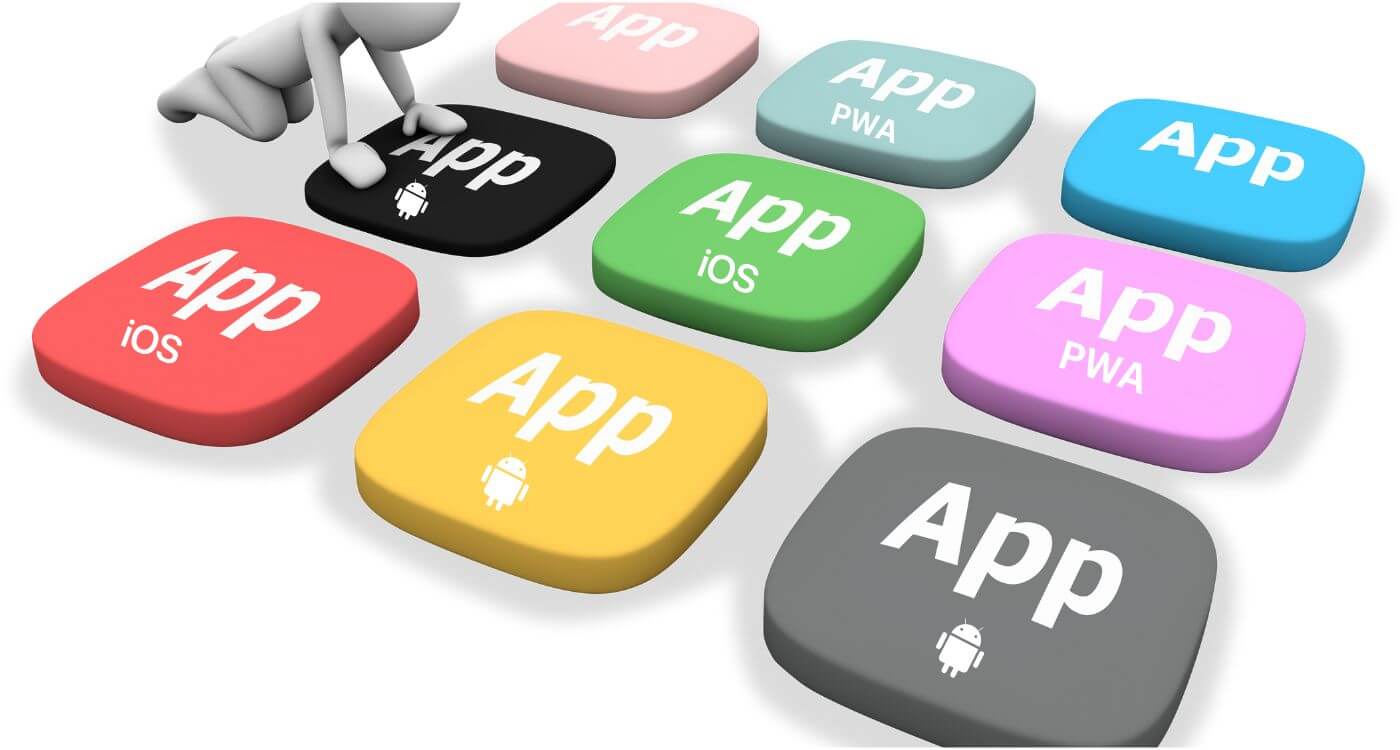


The web is a big place, and it has become increasingly difficult for businesses of all sizes to keep up with the competition. When it comes to app development, there are two main types of apps that developers can create: Progressive Web Apps (PWA) and Native Apps. Both have their pros and cons, but which one is right for your business?
If you're looking for a way to separate yourself from your competitors and make your website or app more user-friendly, then you should definitely consider using a PWA ( Progressive Web App ).
A PWA is essentially an app that behaves and looks like a normal website or app, but it uses modern web technologies such as React and CSS to create an experience that feels smooth and fast.
So, let's compare PWA vs native apps and discuss which one is best for you!
Native apps are applications that were designed and coded specifically for a certain platform. This usually means that the app was built with the platform's native programming language and tools.
Native apps are often faster and more responsive than their web counterparts, and they can take advantage of the unique features and capabilities of the platform. They're also more likely to be feature-rich and immersive, giving users a better experience overall.
Some platforms, like Apple's iOS and Google's Android, have a larger and more dedicated native app market than others. This means that there are more Native App developers out there working on new apps for those platforms than for other platforms.
A Progressive Web App (PWA) is an app that behaves and looks more like a website than an app. They are built using modern web technologies, so they load faster and have a better user experience. They can also work offline and be installed on any device.
There are a few key differences between PWAs and native apps that you should be aware of before making your decision.
Execution Speed:
Native apps are typically faster to launch than PWA equivalents because they load the full app code from the server rather than downloading and executing only small pieces of code on each device. This can make a big difference on slower networks or devices with limited processing power.
Storage Space Requirements:
Native apps require more storage space than PWA equivalents, as they store all of their data in local files. This can be a problem if you want to deploy a PWA on a device with limited storage, or if you need to save space on your own servers.
Cross-Platform Compatibility:
Native apps are usually platform-agnostic, meaning they will work on both iOS and Android devices. PWAs, on the other hand, are built specifically for mobile phones and don't usually support other platforms. If you need to distribute your app to a wider audience, a PWA is likely not the best option.
These are just a few of the key differences between PWA and native apps. It's important to consider all of your needs before making a decision, as there is no single best option for every situation.
Both the native app and PWA have their strengths and drawbacks. When choosing between them, you should consider the aspects each option excels in, and how they fit in with your vision of your app.
When it comes to mobile app development, there are a few important distinctions you need to be aware of. PWA is an emerging technology that allows your app to behave and look like a traditional website. Native apps are the original form of the app and offer a more comprehensive user experience
So make sure to consider the above factors before making any decision. Contact us today and get a free consultation.